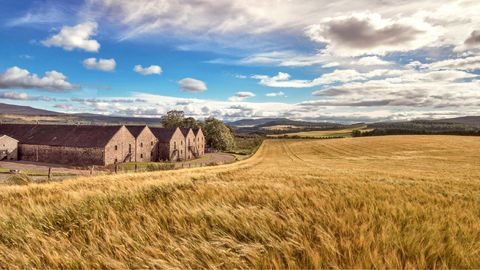
If you love enjoying your single malts in these days of self-isolation, follow this virtual trail of distilleries in Speyside, Scotland’s whiskey paradise.
Here we are, sallying forth across the Firth of Forth! And what if the Scots built a fourth bridge across the Forth? Such idle thoughts swirl around in my mind as we speed across the Queensferry Crossing on our way north from Edinburgh to Speyside, the giant cables flickering past like whirling bicycle spokes. An elderly Scotsman with thinning silver hair called Charles Hunter, dressed in full regalia down to his tartan kilt, is driving me through the countryside. Hunter is an interesting character, and we have a fair bit in common, including being escapees from the world of banking and now finding our passion for travel and people. He smiles indulgently at my tongue-twister and passes on the fact that Forth actually comes from the Norse word for the fjord, passed down through the centuries from the Viking colonisation.
Whiskey Tasting At The Balmoral
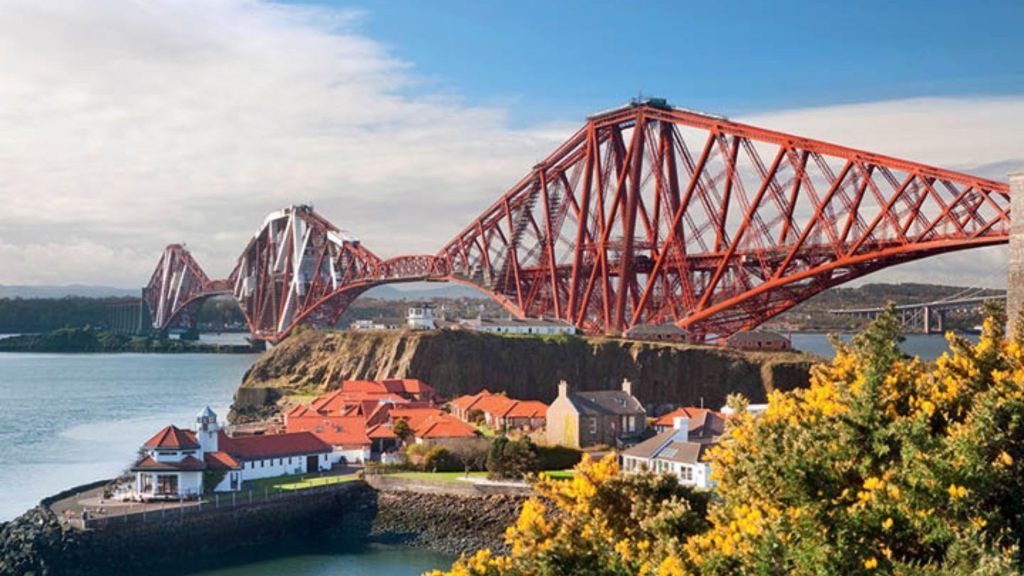
Earlier in the day and back in the heart of Edinburgh, The Balmoral was an excellent place to start my education in the fine art of whiskey tasting. Originally built as a railway hotel in 1902, it is now the flagship of the luxury Rocco Forte collection, and in an inspired move, the old baggage room was converted into a signature whiskey bar called Scotch in 2013. The bar boasts the largest collection of single malt whiskies in Edinburgh with over 500 whiskies from all the five major regions of Speyside, Islay, Campbel town, the Highlands, and the Lowlands. They range in price from a Glenfiddich 12-year-old at INR568 a dram to a Glenmorangie 1974 at an astronomical INR33,117 a dram. I also learn that this business of a ‘dram’ is a bit flexible and translates into a “wee taste” rather than anything quantifiable.
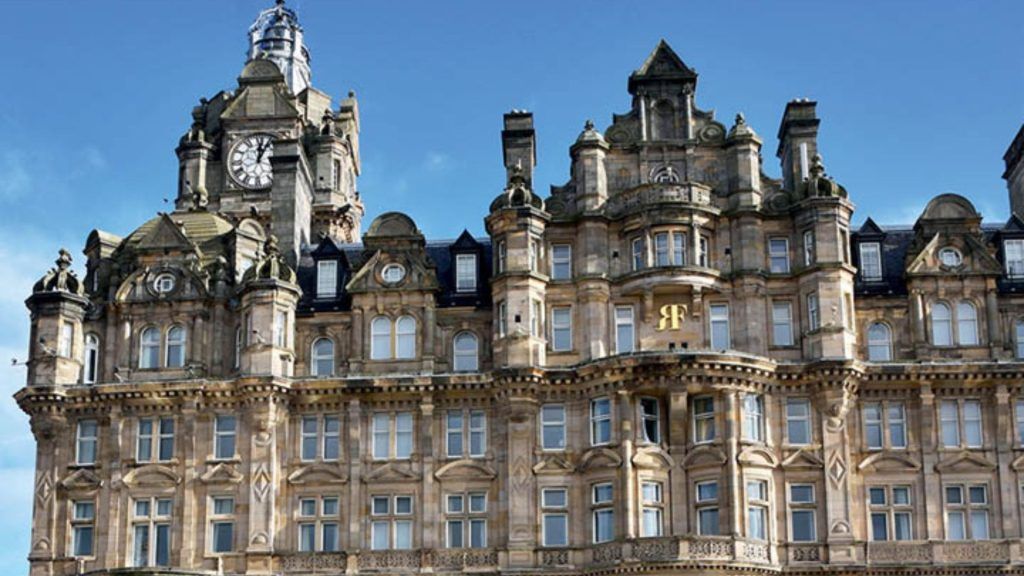
Starting with an 18-year-old Glen Grant from Speyside, we visit the tiny region of Campbeltown and sample a whiskey from Springbank, one of only three distilleries there, before ending with a Kilchoman from Islay with its classic smoky flavour. But for me, the outstanding one is an 18-year-old Glendronach Allardice from the Highlands. Matured in a sherry cask, it has a much darker colour and its mouthfeel is a unique velvet smoothness that rolls around my tongue before ending with the classic single malt bitter ending.
Classic Tour Of The Glenlivet
Distillery tours rank very high up on the list of Scottish tourist attractions and collectively saw a total of two million visitors in 2018. Significant investments by major players in building and upgrading their visitor centres have had a big role in driving spending by visitors up by 154 per cent over 2010-18. For the uninitiated, who cannot tell the difference between a Ballantine’s and a Balvenie, the Malt Whiskey Trail is a great introduction. Touted as the only one of its kind in the world, it provides a tour of seven well-known working distilleries, one historic distillery, and the Speyside Cooperage—the only working independent cooperage in the UK today. You can make your own whiskey trail itinerary; I chose to visit the distilleries of The Glenlivet, Benromach, Glen Moray, and The Macallan (not a part of the trail).
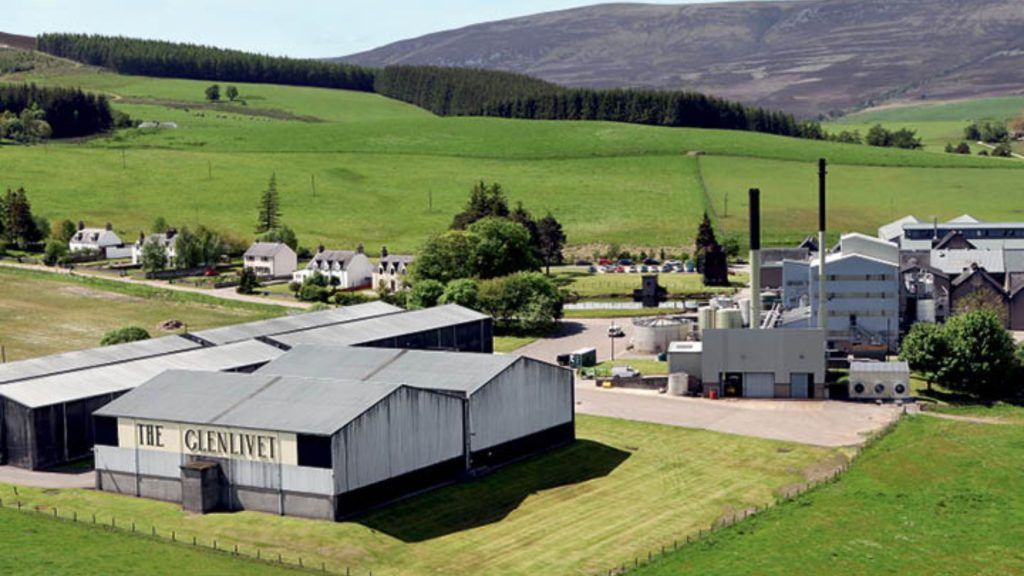
The Glenlivet is a Goliath of the single malt industry, being a close runner-up only to the supreme leader Glenfiddich, with a distillery that produced over a million cases in 2017. It has had a colourful history as a pioneer in the field under its charismatic founder George Smith, who started out as a smuggler but quickly jumped ship and legalised his trade in 1824—as soon as new excise laws came into play. Every upscale party in Delhi now serves it, and no self-respecting Punjabi would ever dream of hosting a wedding event without its sparkling presence! So, it is with great anticipation that we drive up to The Glenlivet.
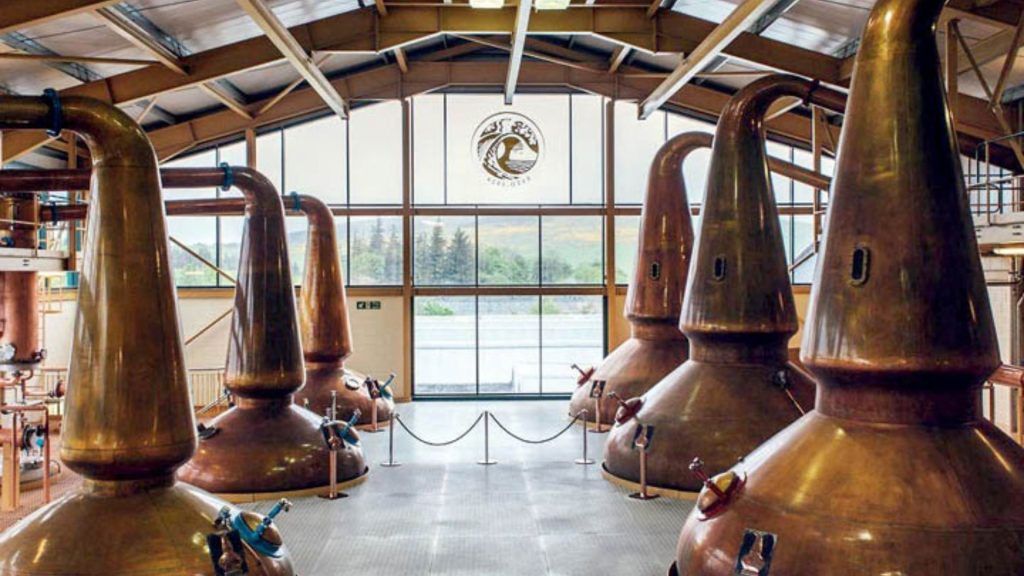
But the tour disappoints. We are taken around by a young lad barely out of college and clearly out of his depth. He struggles manfully with the questions thrown at him but does not have the experience to answer them. The tour ends with a tasting of their oldest whiskey, The Glenlivet Founder’s Reserve (with 40 per cent alcohol content), which is much too raw and fiery for my taste. Then comes the well-known flagship product, a 12-year-old Glenlivet, followed by a Master Distiller’s Reserve Solera Vatted, which has a luxurious character. On the tour, I also learn about ‘the angel’s cut’, the percentage of spirit lost to evaporation every year during the barrel-ageing process, and ‘the devil’s cut’, the percentage of spirit absorbed by the wood of the casks.
Six Pillars Experience At The Macallan
The only distillery I visit that is not a part of the trail is The Macallan Estate. With its brand-new world-class visitor centre, I find this exclusion to be a bit curious. But it fits in with The Macallan’s strategy to occupy the higher ground, to be a cut above the other whiskies. In fact, no deals are available on The Macallan whiskies at the duty-free store in the Delhi airport, unlike most of the other popular brands. In terms of sheer numbers, The Macallan sold just over 9,00,000 cases in 2016, putting it in the third place behind Glenfiddich and The Glenlivet. In terms of value, The Macallan is the clear leader. How does it justify its premium pricing? It has created a mystique around its process with its obsessive attention to detail, from sourcing custom-built sherry-infused oak casks from Spain to using the smallest stills in Speyside. These allow the spirit maximum contact with the copper, which translates into the rich, fruity, full-bodied flavours characteristic of The Macallan. The Six Pillars Experience here lets you experience a nosing and tasting of some carefully selected whiskies.
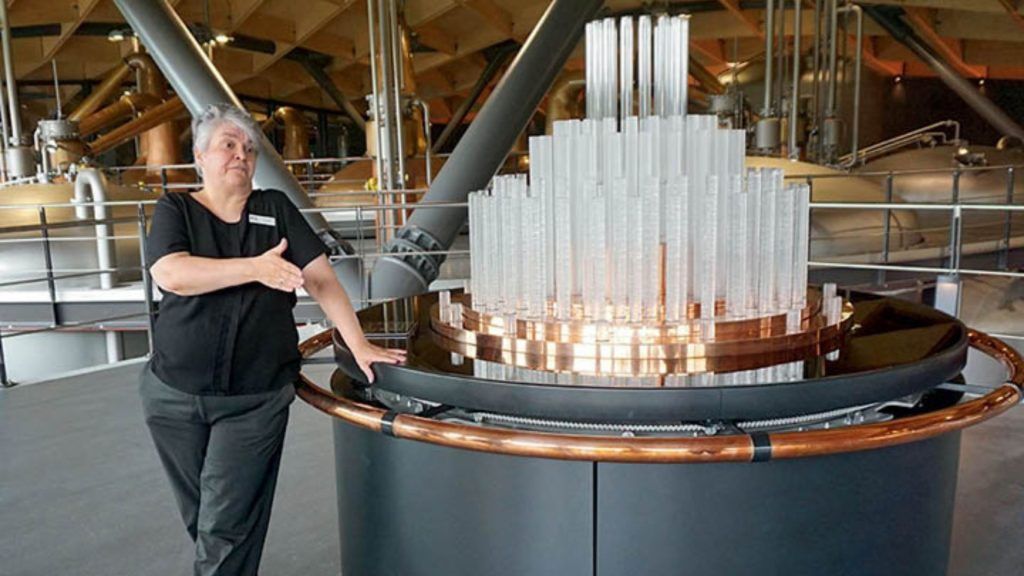
The Macallan proudly unveiled its GBP 140 million new distilleries and visitor centre in June 2018. It is a stunning piece of contemporary architecture, the likes of which Speyside had never seen. The building is cut into the slope of the land and covered with grass and wildflower blanket so that it blends harmoniously with the rolling Scottish hills. On the other side, it resembles a giant clamshell pried open by a wall of glass that runs its length.
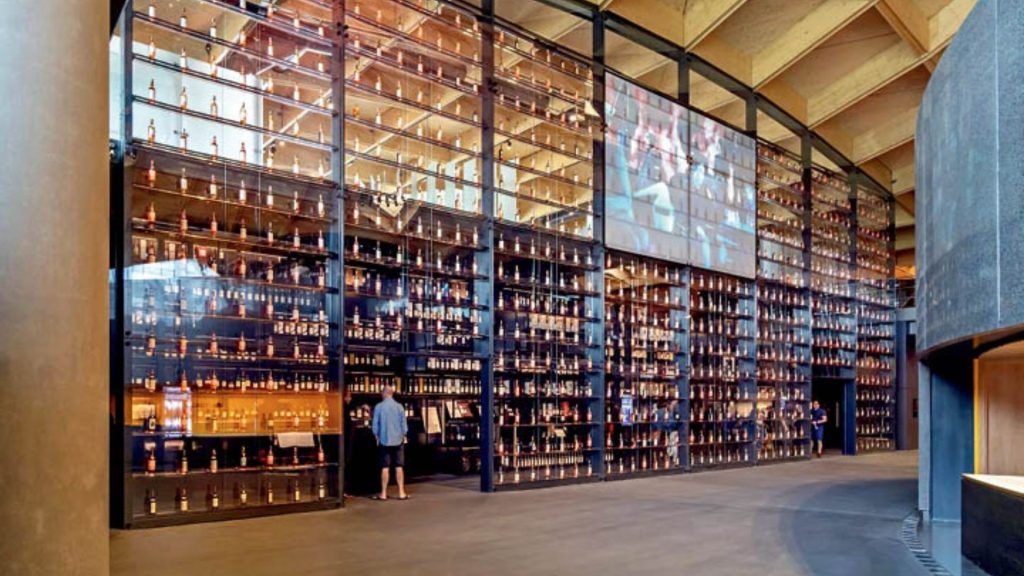
On entering the building, one is awestruck by the thousands of bottles displayed in glass cases that stretch from roof to floor. In a stroke of innovative genius, the designers combined the distillery with the visitor centre so that you can walk around at a mezzanine level and observe the whole operation. We are led by Michelle, a cheerful grey-haired guide with the gift of the gab but, as she readily admits, not of technology. As we wander around the 36 curiously small gleaming copper stills, it feels like something out of a Jules Verne sci-fi novel!
Bespoke Tour Of Benromach
Scotland’s notoriously fickle weather takes a turn for the worse as I arrive at Benromach, the smallest distillery in Speyside. It is pelting down as the soft-spoken Richard Urquhart, a fourth-generation member of the family that owns the distillery, greets us warmly. His pride in his lineage is evident as he leads us through the facility. Starting out as whiskey retailers under the family brand Gordon & MacPhail, the family bought Benromach in 1993 and completely refitted it to produce what they call the classic Speyside single malt: elegant, fruity, with a touch of smokiness. Benromach is about as different from The Macallan as chalk from cheese. Entering the visitor centre at The Macallan is like stepping aboard the Starship Enterprise while entering Benromach is like checking into a B&B. Most importantly, Benromach takes immense pride in the fact that everything is crafted by hand, with no use of computers or even pressure gauges, relying solely on the skill of the distillers to judge the look, feel, and aroma of the spirit. Contrast this with The Macallan’s hi-tech, capital-intensive, computer-driven approach, and it is truly a contest between man and machine.
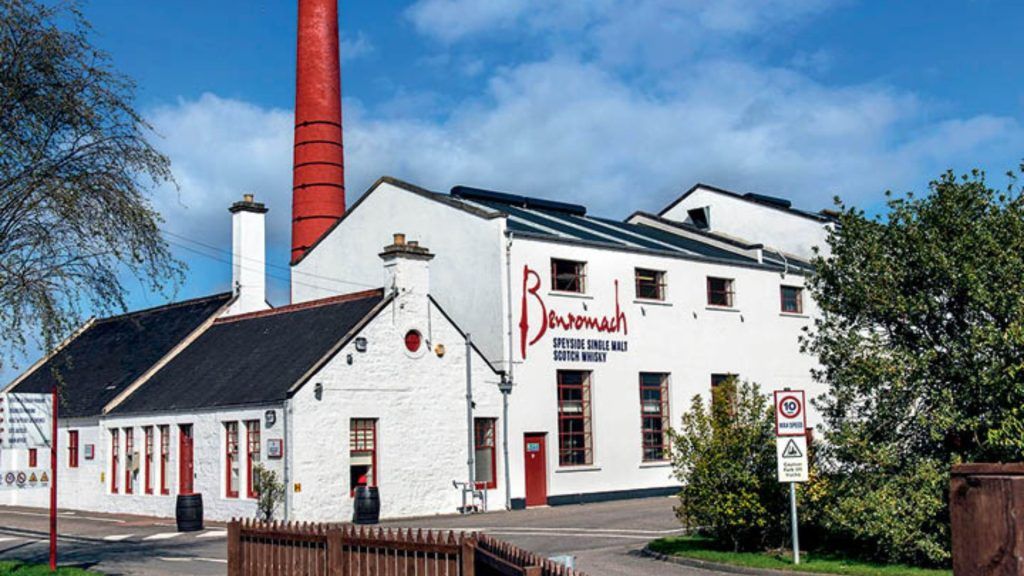
All three key ingredients of the single malt are unique to Benromach: the barley is grown locally and malted with a little peat smoke, the water comes from the Chapelton Spring in the Romach Hills, a couple of miles away, and they are the only distiller to use a combination of both brewer’s and distiller’s yeast. We end the trail with a vertical tasting of the end products, including the contrasting Organic and Peat Smoke whiskey variants.
Insight Into Glen Moray
Our last stop is Glen Moray, the newest entrant in the Malt Whiskey Trail, located on the banks of the River Lossie amid the mild climate and fertile soil of the Laich of Moray. After imbibing so many ‘wee drams’ through the day, I am feeling slightly buzzed. Charles, my Scottish guide, artfully excuses himself from the proceedings, so I am left to traipse around on my own. My spirits are lifted by the vivacious young guide from Latvia, Leva, who speaks fluent English and offers a fluid explanation. I also bond with Yasunari Kodama, a young Japanese engineer. In broken English, oiled by fumes of Scotch, Kodama and I debate the relative merits of Yamazaki versus The Macallan 18-year-olds and become friends in the process.
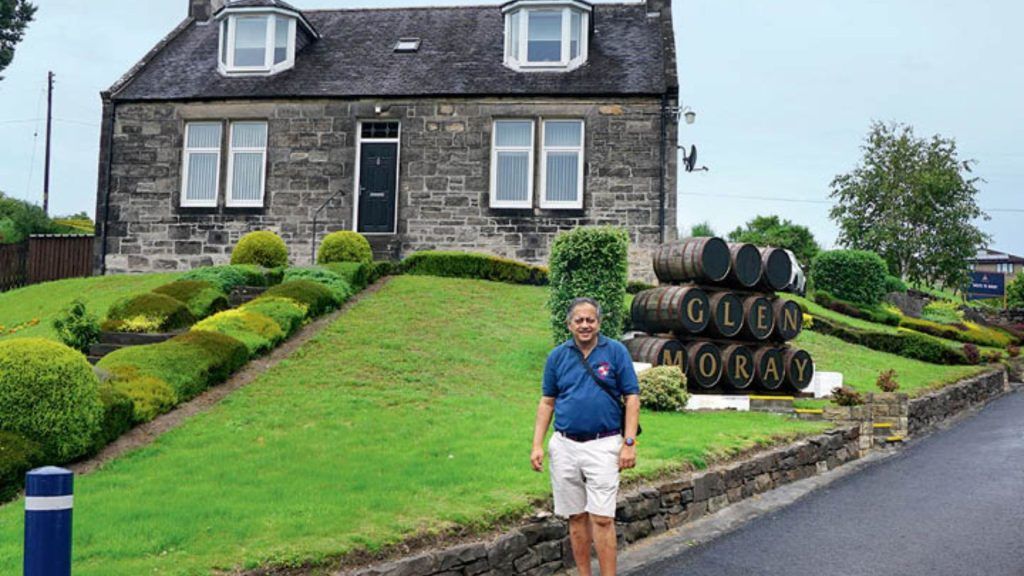
In terms of production, Glen Moray appears to lie somewhere between The Macallan and Benromach, with great emphasis laid on the human element in crafting the whiskey but also with more than a nod to the automation of the distillation process. It is also quite an innovative brand and has experimented with maturing its spirit in all sorts of wooden casks, including bourbon, American oak, sherry, port, and even red and white wine. During the tasting session, we sample the Cabernet Cask Finish from the Classic collection and the Fired Oak from the Heritage collection. As I head back into the Scottish drizzle, I understand why the Scots invented their own signature whiskies. The spirits do need a lift here.
Whiskey Trail Of Speyside
The introductory level tastings typically last about an hour and usually involve a distillery tour followed by the sampling of two whiskies. It is always advisable to book in advance.
SCOTCH bar, The Balmoral: One dram from each of the main whiskey regions costs INR6,143 per head
The Glenlivet: Two drams of The Glenlivet at INR1,181 per person
The Macallan: Two drams of The Macallan at INR1,417 per person
Benromach: Two drams of the Benromach 10- and 15-year-old whiskies at INR756 per person
Glen Moray: One dram each from the Classic and Heritage collections at `661 per person
Getting There
Fly into the gateway cities of Glasgow or Edinburgh on Emirates or British Airways. From there, rent a car and drive to Speyside. Or take a train to the Malt Whiskey Trail towns of Keith, Elgin, and Forres.
Stay
The Craigellachie Hotel is a 26-room hotel that feels like a country home, built at the confluence of the rivers Fiddich and Spey (doubles from INR12,759). If you prefer something less isolated, go for The Aberlour Hotel (doubles from INR13,232).
The Trail
The Malt Whiskey Trail is made up of nine locations in Speyside, which has the largest concentration of Scotch malt whiskey distilleries.
Related: Here’s Everything We Bet You Didn’t Know About Irish Whiskey!










